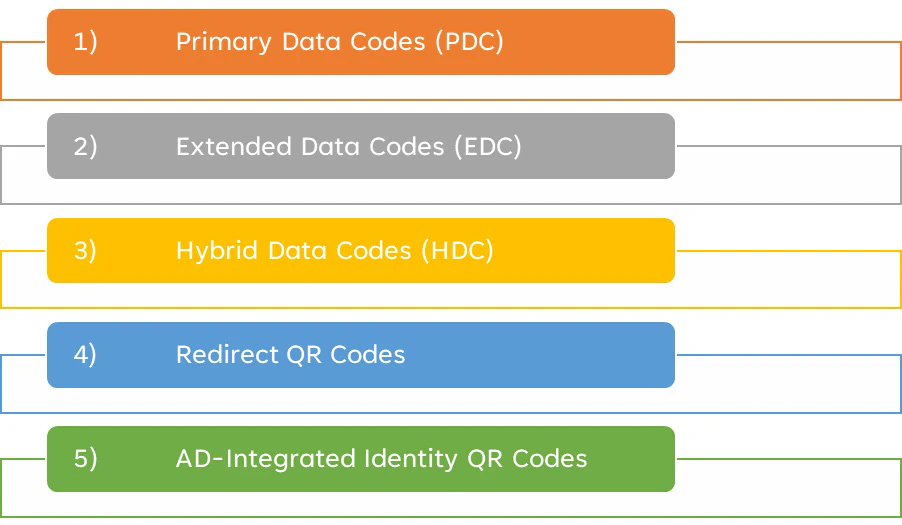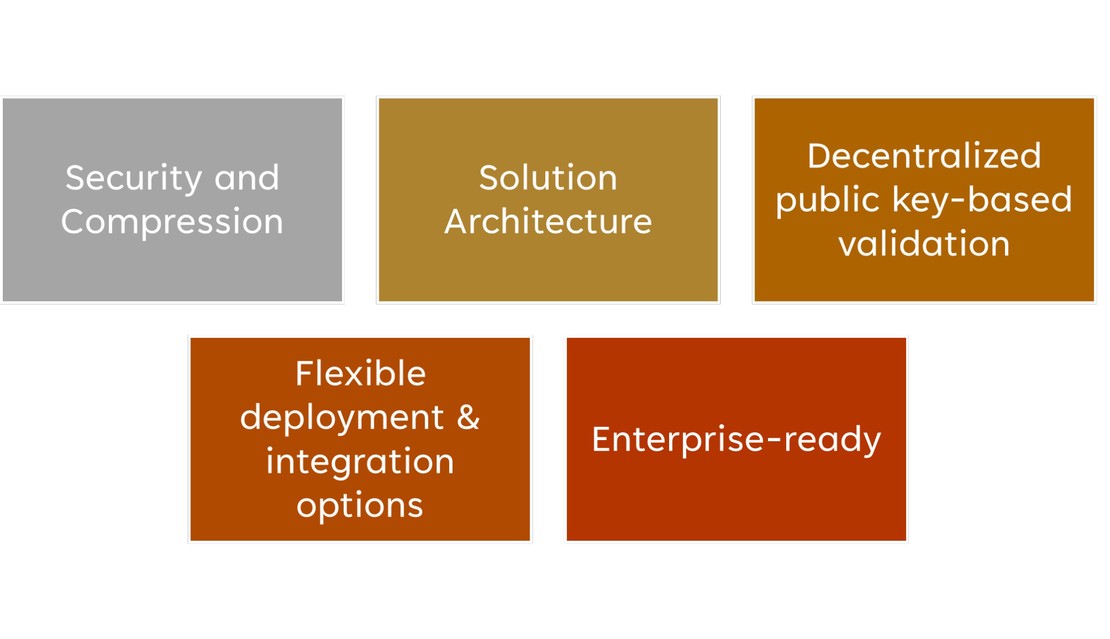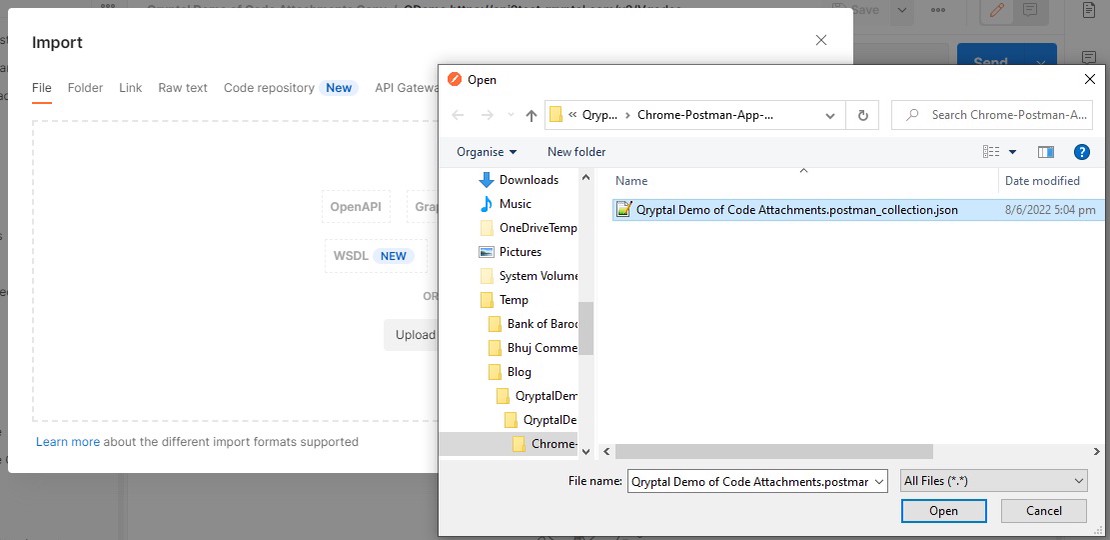Discover the Variety of Secure QR Codes: Your Ultimate Guide
- Rajesh Soundararajan
- Jun 28, 2022
- 2 min read

Unlocking the Power of QR Codes: A Comprehensive Guide
In this post, we will dive into the world of secure QR codes and discover the numerous options available, each designed for specific use cases and functionalities. From self-contained codes with text data to codes containing extensive information like photos and files, or even a mix of both offline and online data, Qryptal offers a comprehensive range of QR codes tailored to your needs. The following are the types of QR codes provided by Qryptal:
Primary Data Codes (PDC):Extended Data Codes (EDC):Hybrid Data Codes (HDC):Redirect QR Codes:AD-Integrated Identity QR Codes:
1. Primary Data Codes (PDC):
PDCs or Primary Data Codes are self-contained codes that can be validated offline, containing up to 2KB of textual data. The image size varies depending on the data included. Perfect for air-gapped environments, PDCs offer offline validation.
2. Extended Data Codes (EDC):
EDCs or Extended Data Codes require network/data connectivity for validation and can store a wealth of data, including attachments like photos and PDFs. This data is stored as encrypted blobs in the Additional Data Repository (ADR), with unique decryption keys inside the QR content. EDCs offer the advantage of updating information through the ‘update API’ and maintain a consistent image size.

A Range of Secure QR Codes
3. Hybrid Data Codes (HDC):
HDCs or Hybrid Data Codes combine the features of PDCs and EDCs, offering offline validation for PDC information and online validation for EDC data. The image size depends on the amount of PDC data. For example, HDCs can be used for ID cards, validating textual identity information offline (PDC) and checking photos or real-time data online (EDC).
4. Redirect QR Codes:
Redirect QR Codes, when scanned, direct users to target web addresses or URLs. You can change the target address even after the QR code has been distributed.
5. AD-Integrated Identity QR Codes:
Active Directory (AD) Integrated Identity QR Codes, or ADI QR Codes, sync details automatically (e.g., designation, contact details) and disable codes once the staff member leaves the organization.
You may also like
- Everything QR – Here is the 5-point checklist to help draft your Secure QR-based document security framework
- Everything QR – Here are 6 questions to ask on the Secure QR code
- How To : Qryptal Secure QR Code Generation API with Postman
- Why your QR Code document strategy cannot be an after-thought


